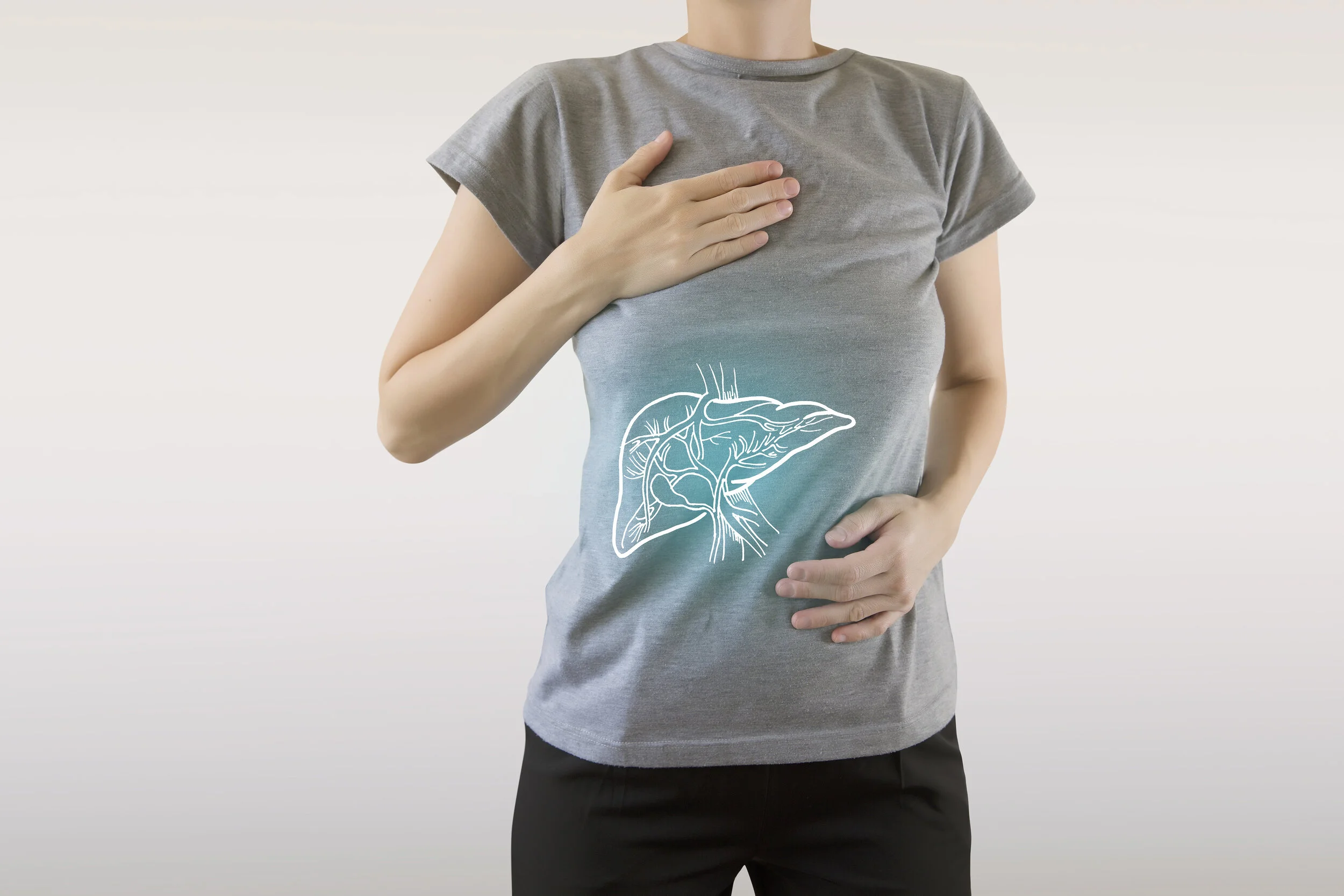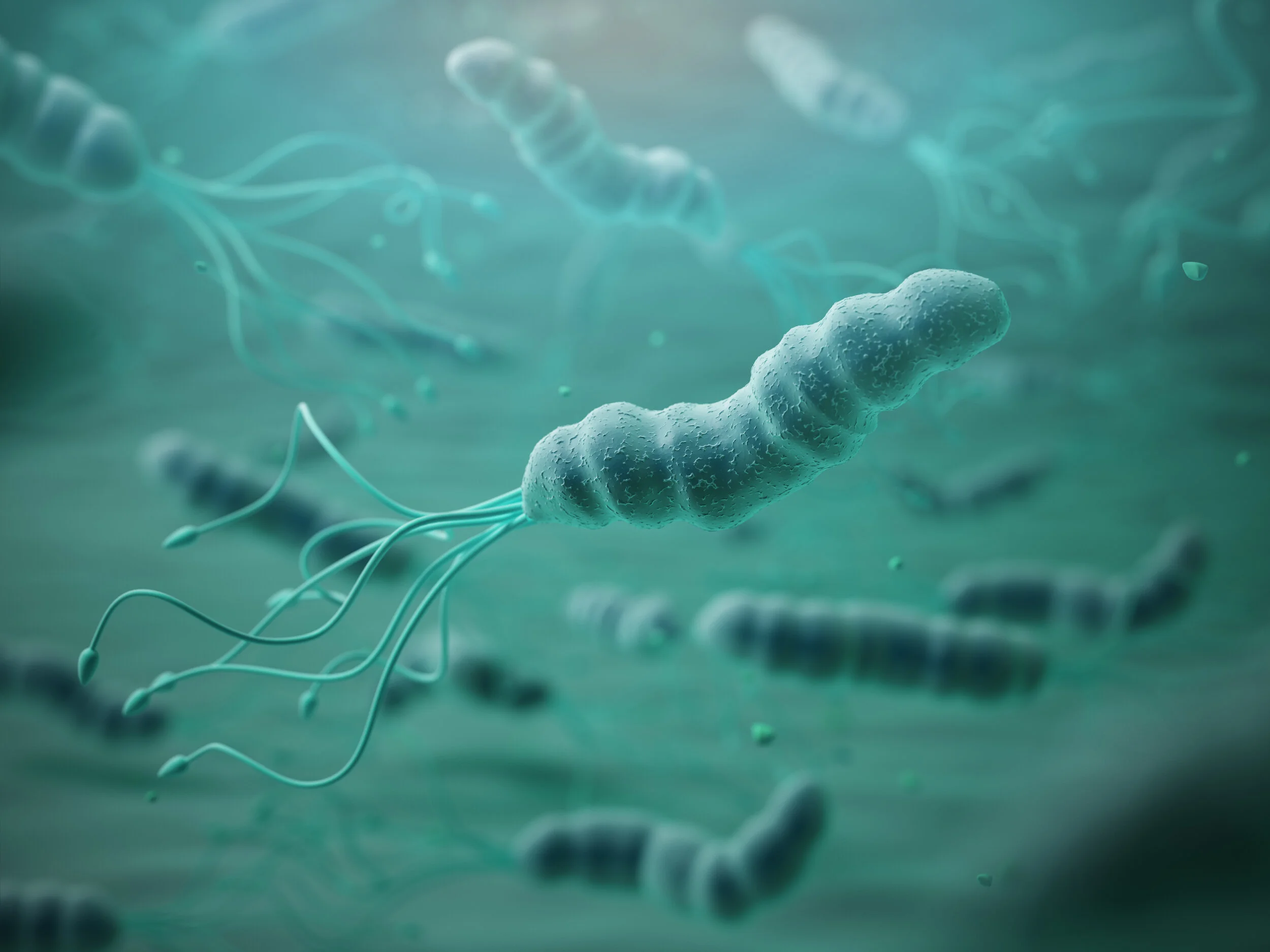Liver Talk
Sue McGarrigle ND
A vital organ the liver plays a key role in most metabolic processes, especially detoxification and is the major organ involved in this process. The liver has the ability to spring clean itself and carry out hundreds of functions on a daily basis providing we give it the nourishment it needs. There is no doubt that in this day and age regardless of how we abuse our livers it is due to poor diet that we undermine the processes of dealing with and removing our own personal rubbish.
The liver needs a broad range of amino acids, vitamins and minerals to drive these processes which may fall wide of the mark due to refined, junk diets with ritualistic detoxes also potentially lacking in key liver nutrients. People may turn to restrictive or fad diets or powerful medicinal herbs used inappropriately and in isolation to try and correct problems with varying and sometimes forced outcomes, unwanted symptoms, costs and inconvenience. Everything we breathe, eat and absorb is processed by the liver and it is responsible for clearing bacteria, drugs and toxins from the blood as well as protein, fat and carbohydrate metabolism, storing nutrients, energy production, making enzymes and proteins and maintaining levels of glucose in the blood. The liver also manufactures bile which helps to
carry fat soluble toxins into the bowel.
Good bile flow is also essential for detoxification. Poor liver function underlies most serious health problems and a reduction in bile output can lead to cholestasis (where bile cannot flow from the liver to the duodenum) and further increased toxicity. The early signs of an overburdened liver may be nonspecific, such as fatigue, headache, epigastric pain, bloating, nausea, constipation, heartburn, heat and perspiration, trouble digesting fatty foods, weight gain and blotchy skin. Getting back to the mainstays of nutrition we appreciate that our client’s are not going to wander around the supermarkets pondering what foods they need for good filtration; Phase 1, Phase 2 and six pathways of liver capability. Simply just a broad range of good quality protein foods and a large diversity of vegetables and fruits which is sorely lacking these days are going to give the liver what it needs. In conjunction gall bladder health is also important not least for peristalsis and elimination.
Looking at this globally however we know certain foods have the ability to naturally stimulate the gall bladder to produce bile as well as support the liver’s functions. Just as light has an impact on circadian rhythms of the body so does food on the liver’ independent rhythm which can have implications for metabolic homeostasis. In this dietary world of sugary foods we also no longer precede a meal with a bitter appetizer to help the digestive process.
Bitter foods very much missing from the diet help stimulate gastric emptying which is useful in reflux, they naturally stimulate the production of bile which in turn helps with fat digestion and absorption of fat-soluble nutrients, eliminate hormone and cholesterol metabolites and have a protective effect against liver disease. Any interference with healthy bile flow can create a myriad of immediate digestive disorders such as bloating and any food which acts beneficially upon the liver will benefit the rest of the body’s systems. Two food bitters that have many synergistic benefits for the liver and gall bladder are artichoke and dandelion. Artichoke has been used in many countries over hundreds of years for indigestion and poor liver function, many people eat the artichoke heart but it is the long, deeply serrated basal
leaves from which artichoke leaf extract is made that is of clinical significance.
This part is chosen because the concentration of the biologically active compounds is higher here than in the rest of the plant. The most active of these compounds have been discovered to
be the flavonoids and caffeoylquinic acids. These substances belong to the polyphenol group and include chlorogenic acid, caffeoylquinic acid derivatives (cynarin is one of them), luteolin, scolymoside, and cynaroside. Artichoke has been shown in research to lower serum cholesterol levels, triglycerides and improve HDL cholesterol. Chlorogenic acid, cynaroside and particularly luteolin contribute to the cholesterol-inhibiting effect. Artichoke has also been found to inhibit oxidative stress. Such is the importance of adequate bile flow for health German researchers demonstrated that after individuals were given one dose of artichoke their bile secretion was significantly higher than in the placebo group which confirmed previous studies.
Along with dandelion, artichoke is antihepatotoxic, antioxidant, a bile stimulator, hepatoprotective, hepatotonic, astringent, cardiotonic, a digestive stimulant, diuretic and hypotensive. Spring brings with it a tremendous burst of valuable but forgotten green foods, dandelions and nettles to name but two. The best way to get rid of what most people consider pesky weeds is not to spray them but to eat them. The nutritional and therapeutic value of dandelions and nettles is enormous. Nettle is a superior leafy green plant, nutrient dense, astringent and a natural diuretic that gently cleanses the body of metabolic wastes, purifying the blood supporting both kidney and liver function.
As well as stimulating lymphatic function nettle has natural alkalising, immune modulating, anti-oxidant and anti-inflammatory properties and has been shown to decrease uric acid and allergic responses. Both dandelion roots and leaves are used for health in supporting digestion, normal bile flow and liver function. Many people use the leaves as a salad green and the root as a coffee substitute. Dandelion roots have a distinct demulcent action and prebiotic properties due to their content of inulin and have been investigated for hypoglycaemic and immune-modulating effects.
As a bitter dandelion stimulates digestion due to sesquiterpene lactones which are among its most important constituents and which contribute to the inflammation-modulating properties of the root. Cultivated in France and Germany the German Commission E approves the use of dandelion as a diuretic and also for use in anorexia, dyspepsia, and disturbances in bile flow. Because of dandelion root’s cholagogue and choleretic effects, it has been traditionally recommended for people with sluggish liver function due to alcohol abuse or poor diet. The increase in bile flow may also help improve fat metabolism in the body reducing the effects of fatty foods (heartburn and acid indigestion).
Turmeric shares similar liver protective properties to artichoke leaves and has the ability to stimulate the secretion of bile which improves the body's ability to digest lipids. It also inhibits free radical damage of lipids such as those found in cell membranes and cholesterol. Levels of two key liver detoxification enzymes were significantly elevated in animals fed turmeric which suggests that turmeric may enhance the livers detoxification ability in addition to its anti-oxidant properties. Studies have shown its hepatoprotective effects in protecting animal livers from a variety of hepatotoxic insults.
Garlic is another food which many people steer clear of due to its antisocial smell but several studies show that garlic can protect the liver cells from some toxic agents such as paracetamol and the antibiotic gentamycin.
Paracetamol is a leading analgesic and antipyretic drug used in many countries and garlic protects against paracetamol-induced hepatotoxicity, improves antioxidant status, and modulates oxidative stress. Long term healthy eating which allows the liver to detoxify and the body to adjust to metabolic change avoids the need for short term cleansing protocols which can stress the liver forcing a greater amount of toxins to be released into the body’s systems.









